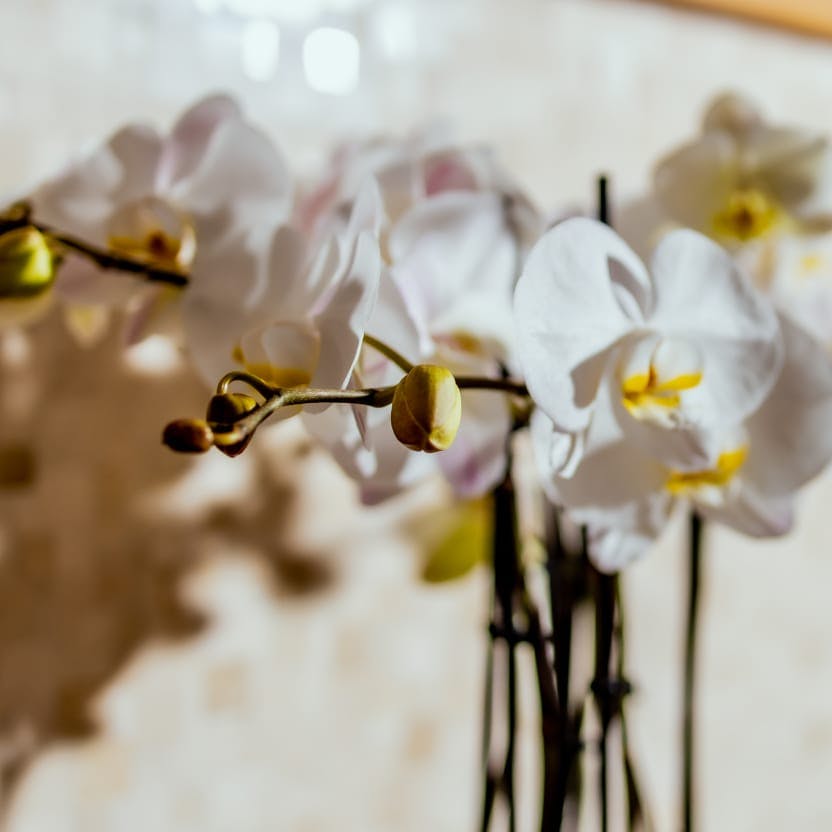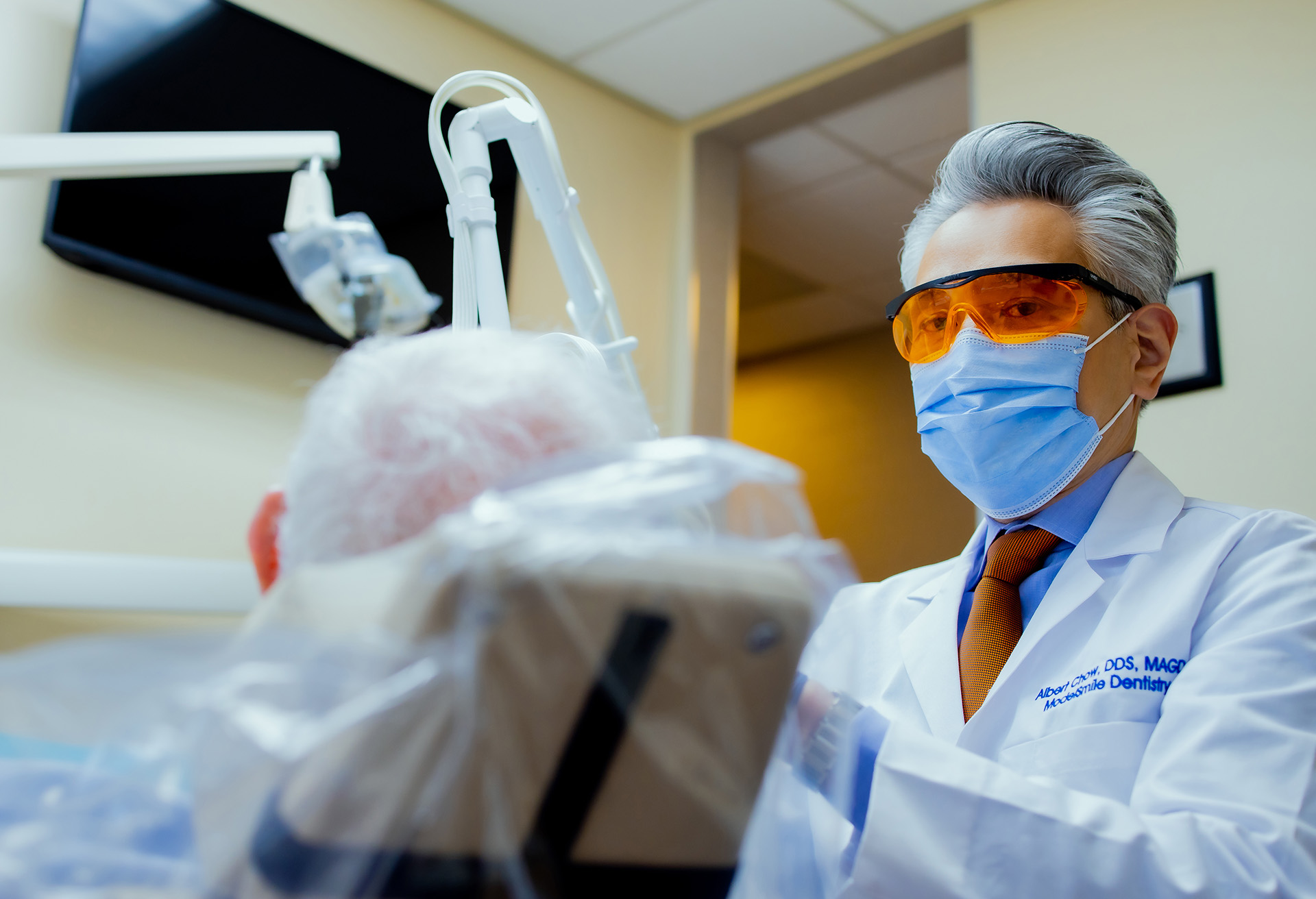Dr. Chow can change the look of non-optimum teeth with a procedure called dental bonding. A resin material that blends in with the color of your teeth is applied to the tooth, then cured with a special light that bonds the material to the tooth. Bonding is often done as a cosmetic procedure to change the look of a tooth or teeth, but it can also be used to fill cavities.
Dental Bonding Procedure
If Dr. Chow recommends dental bonding, the first step will be to choose a shade of the composite resin that matches the color of the patient’s teeth. This procedure requires no anesthesia except in cases where it is being used to fill a cavity in which case the tooth will be numbed so that all decayed material can be removed prior to filling. If Dr. Chow recommends dental bonding, the first step will be to choose a shade of the composite resin that matches the color of the patient’s teeth. This procedure requires no anesthesia except in cases where it is being used to fill a cavity in which case the tooth will be numbed so that all decayed material can be removed prior to filling. Following initial preparation, Dr. Chow will carefully apply the resin, shaping and smoothing until he is satisfied that the tooth has met his stringent standards of perfection.
As one of Thousand Oaks most respected dental professionals, he understands the importance of having a beautiful smile that boosts confidence. Each step of a dental bonding procedure is done with this goal in mind. After the tooth has been sculpted, it is cured with an ultraviolet light. This makes the material bond with the tooth and also hardens the resin. The tooth is then trimmed and polished so that it matches the other teeth. This procedure is quick and painless. Bonding usually takes about an hour per tooth. Following the procedure patients can enjoy eating and drinking their favorite foods in about 48 hours. This will allow the bond to fully mature so that red wine and other staining liquids will not mar the beauty of the newly restored smile.









